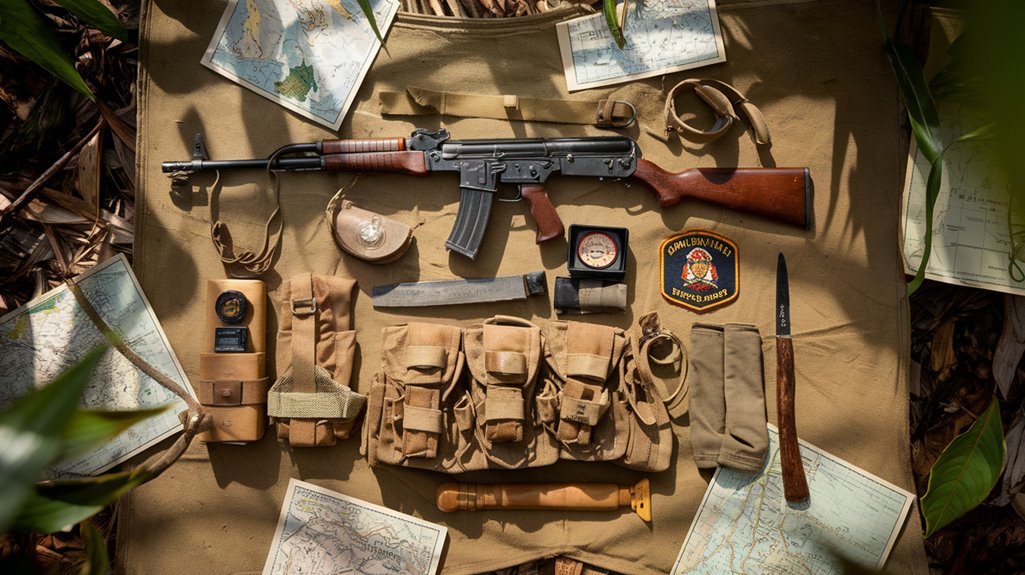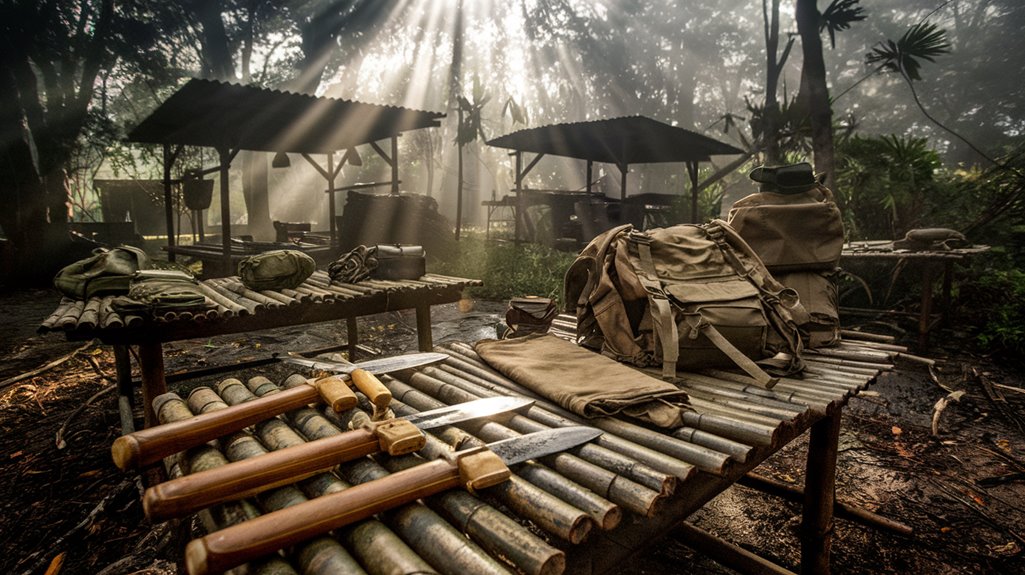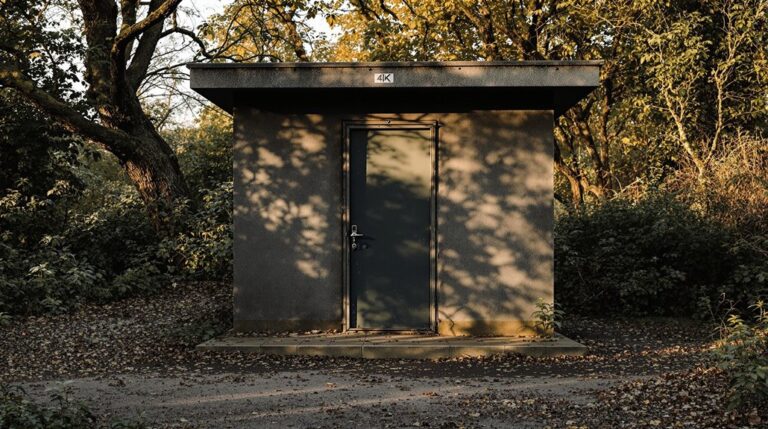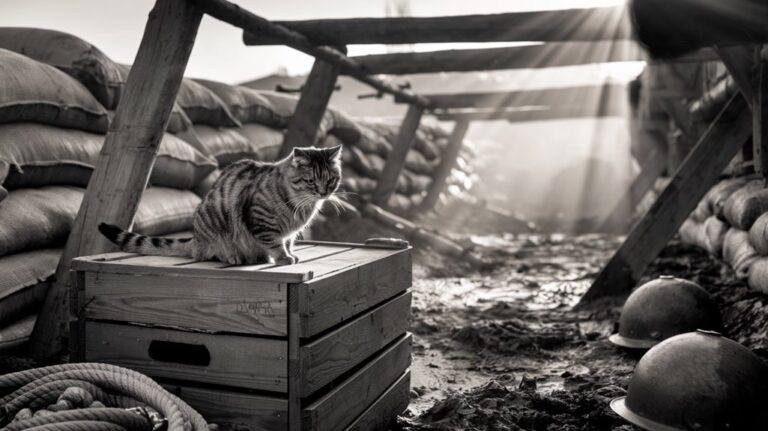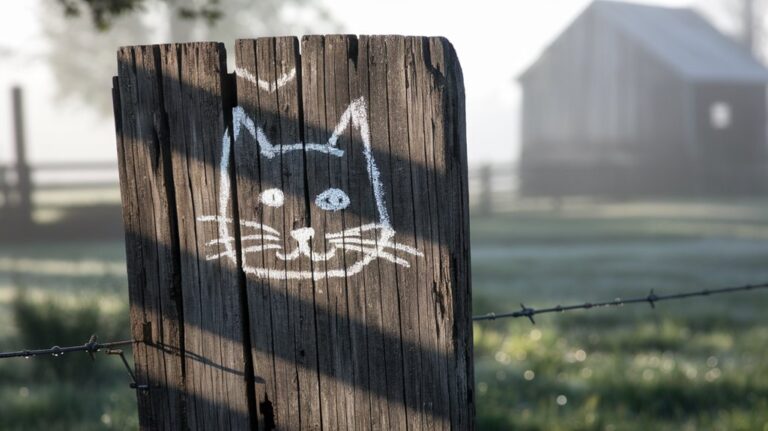Mills’ Marauders: The WWII Heroes You Never Learned About
You've probably heard countless World War II stories, but here's one that slipped through history's cracks. In 1944, a group of American volunteers ventured deep behind enemy lines in Burma, carrying only what they could fit in their backpacks and facing odds that would make most soldiers retreat. These men, known as Merrill's Marauders, didn't just survive—they rewrote the rules of jungle warfare while battling disease, starvation, and some of Japan's most elite forces.
The Birth of an Elite Fighting Force
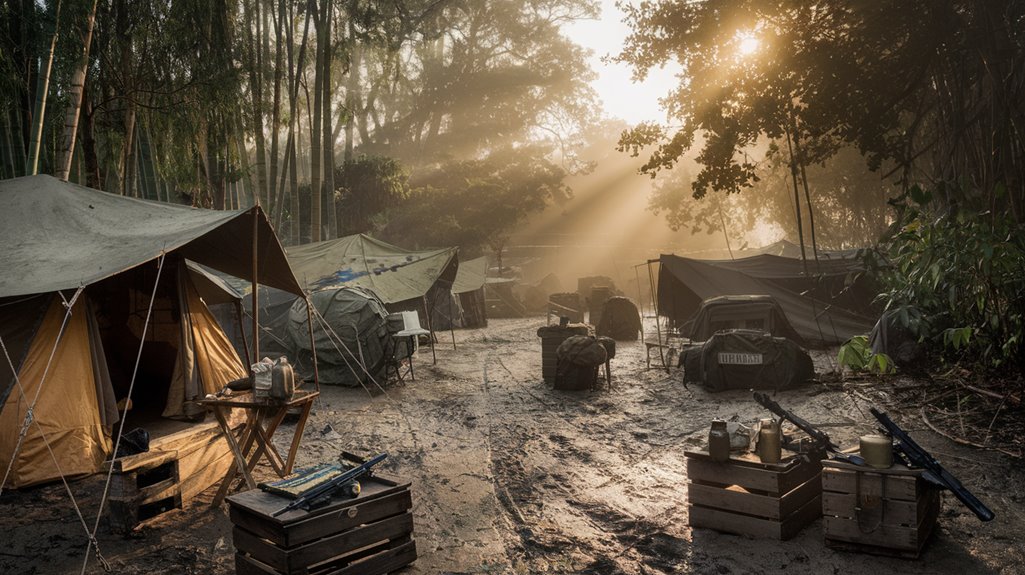
As World War II intensified in the Pacific theater, the U.S. military formed a specialized unit that would change the course of warfare in Burma. You mightn't know about the 5307th Composite Unit, but in 1943, this elite force of 3,000 men emerged under the leadership of Brigadier General Frank D. Merrill.
The unit formation focused on creating a deep penetration force capable of operating behind enemy lines. Before deployment, you'd find these soldiers immersed in intensive jungle training, preparing for the challenging Burmese environment they'd soon face. Among their ranks were 14 MIS soldiers who would prove crucial to the unit's intelligence operations. Like the heroes of D-Day, these soldiers demonstrated exceptional bravery in the face of extreme adversity.
Their unique mission required them to master unconventional warfare tactics and survive in harsh conditions. The group's specialized training and distinctive composition set them apart from traditional military units, making them perfectly suited for their upcoming strategic operations in Burma.
Into the Heart of Burma's Jungle Hell
Hell awaited Merrill's Marauders as they plunged into Burma's unforgiving jungle terrain. You'd be hard-pressed to find a more challenging environment for jungle warfare, with dense elephant grass and mountainous terrain rising above 10,000 feet. The environment itself became their fiercest enemy.
Supply challenges plagued every step of their mission. You couldn't rely on traditional supply lines in this hostile landscape, forcing troops to depend on precarious airdrops for survival. By April, air supply provided 90% of their essential resources. Monsoon season severely limited their effective combat operations to just half of each year.
The monsoon season's torrential rains turned the ground into a muddy nightmare, while disease-ridden conditions tested their resilience. Thick foliage concealed dangers at every turn, and the oppressive climate wore down even the strongest soldiers.
In this green hell, you weren't just fighting the Japanese – you were battling nature's most formidable obstacles for survival.
Tactical Innovations That Changed Warfare
World War II released an unprecedented wave of military innovation that transformed modern warfare. You'd be amazed by the tactical advancements that emerged across all combat domains.
In the air, guided missiles like the V-1 and V-2 revolutionized long-range attacks, while the first jet fighters changed aerial combat forever. The development of the Heinkel He 178 marked the historic beginning of practical jet-powered flight. British innovations included aluminum strips that effectively confused enemy radar systems.
On land, warfare technology evolved with specialized tanks and improved firepower, including the development of HEAT warheads and the influential MG42 machine gun.
Naval warfare saw dramatic changes too, as radar and sonar technologies transformed how ships detected and engaged enemies.
Combat Information Centers became the nerve centers of naval operations, while improved submarine warfare tactics reshaped maritime strategy.
These innovations didn't just win battles – they laid the foundation for modern military technology we still use today.
Against All Odds: Battles and Victories
Military innovation meant little without skilled warriors to wield it, and few units exemplified combat excellence like Mills' Marauders in the Burma campaign.
Their Marauder Strategy proved devastating, as they secured victory after victory, from Walawbum to Myitkyina. Like the Navajo Code Talkers, they demonstrated how unique military tactics could turn the tide of battle.
You'd be impressed by their Combat Tactics, which included coordinating with Chinese forces and exploiting jungle terrain. The unit completed a grueling 750-mile march through some of the most challenging terrain while engaging in combat operations.
At Walawbum, they inflicted over 800 casualties on Japanese forces.
When they reached Myitkyina, they secured the region's only all-weather airfield through brilliant positioning – the 3rd Battalion blocked the north, while the 1st and 2nd Battalions coordinated with Chinese regiments to form an impenetrable defensive line.
Despite facing fierce resistance and targeted attacks on their medical personnel, the Marauders' final victory at Myitkyina stands as a proof of their extraordinary combat prowess.
The Human Cost of Heroism
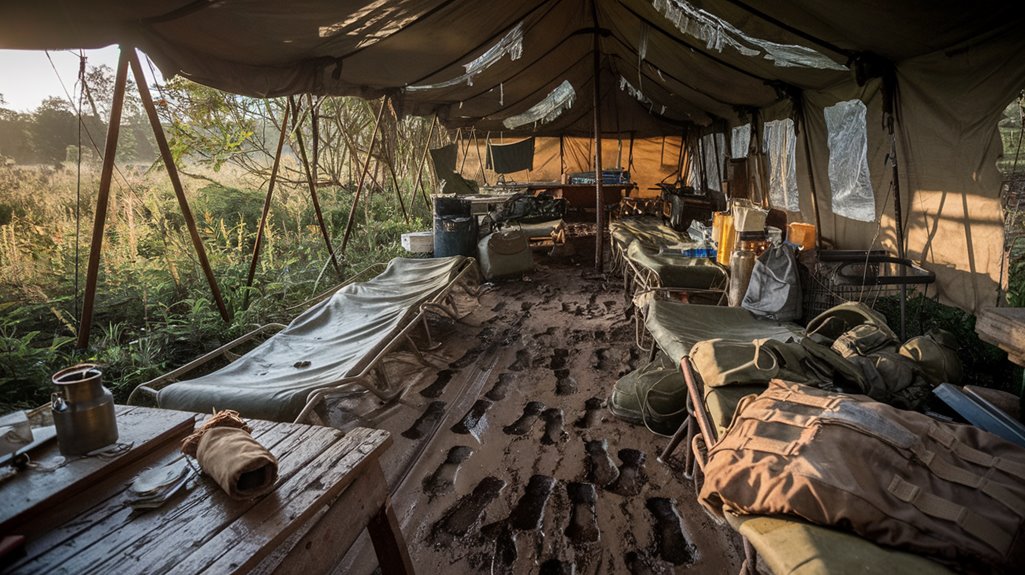
Behind every celebrated victory lay an immense and often overlooked human toll that would haunt nations for generations. When you examine World War II's staggering losses – at least 65 million lives – you'll find that human sacrifice extended far beyond the battlefield, devastating entire continents and shattering countless families. The true magnitude of loss becomes clear through data visualization tools that help comprehend these overwhelming statistics.
The moral dilemmas faced by military leaders often pitted personal glory against strategic sense. You might be surprised to learn that an estimated 250,000 deaths could have been prevented if certain leaders hadn't prioritized their ambitions over tactical objectives.
While some commanders, like Admiral Nimitz, focused on minimizing casualties, others let pride and public adoration guide their decisions. These choices didn't just affect military personnel – they created ripples of suffering that touched civilians across Europe and Asia for years after the war ended.
A Legacy Finally Recognized
After nearly eight decades of waiting, the brave soldiers of Merrill's Marauders finally received their due recognition with Congress's highest civilian honor. During a virtual ceremony in May 2022, the Congressional Gold Medal celebrated their extraordinary heroism and unit recognition in the Burma campaign of 1944.
You mightn't realize it, but these warriors' historical significance extends far beyond their World War II victories. As precursors to today's elite 75th Ranger Regiment, their legacy lives on through modern military training and tactics. The unit's 2,997 soldiers endured extreme combat conditions while fighting through the dense jungles of Burma. Much like the Mills' Marines at Grytviken, they demonstrated remarkable resilience despite being heavily outnumbered.
The 75th Ranger Regiment proudly wears the Marauder patch as their unit crest, honoring the unit that defeated Japan's 18th Division in multiple battles. While only two Marauders lived to witness the ceremony, their story continues to inspire new generations of soldiers and civilians alike.

